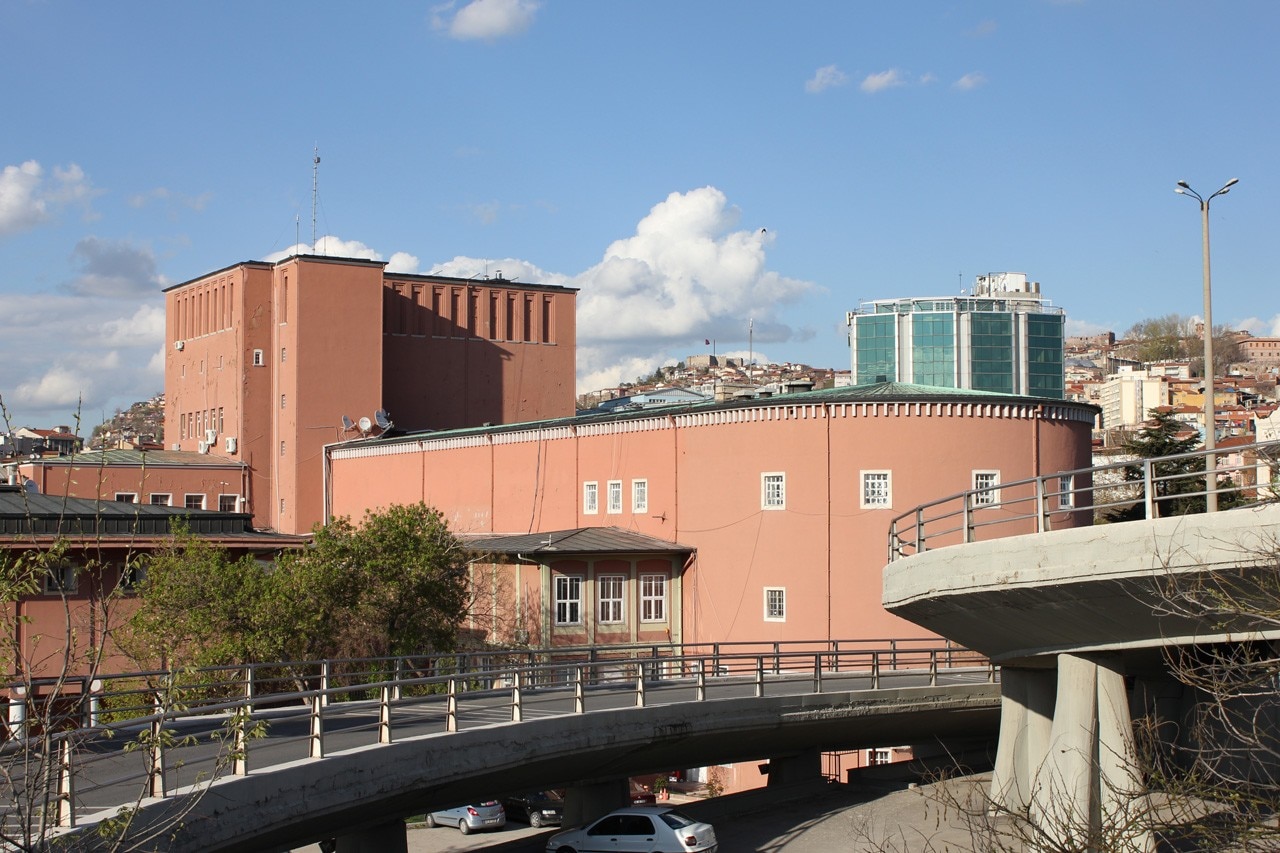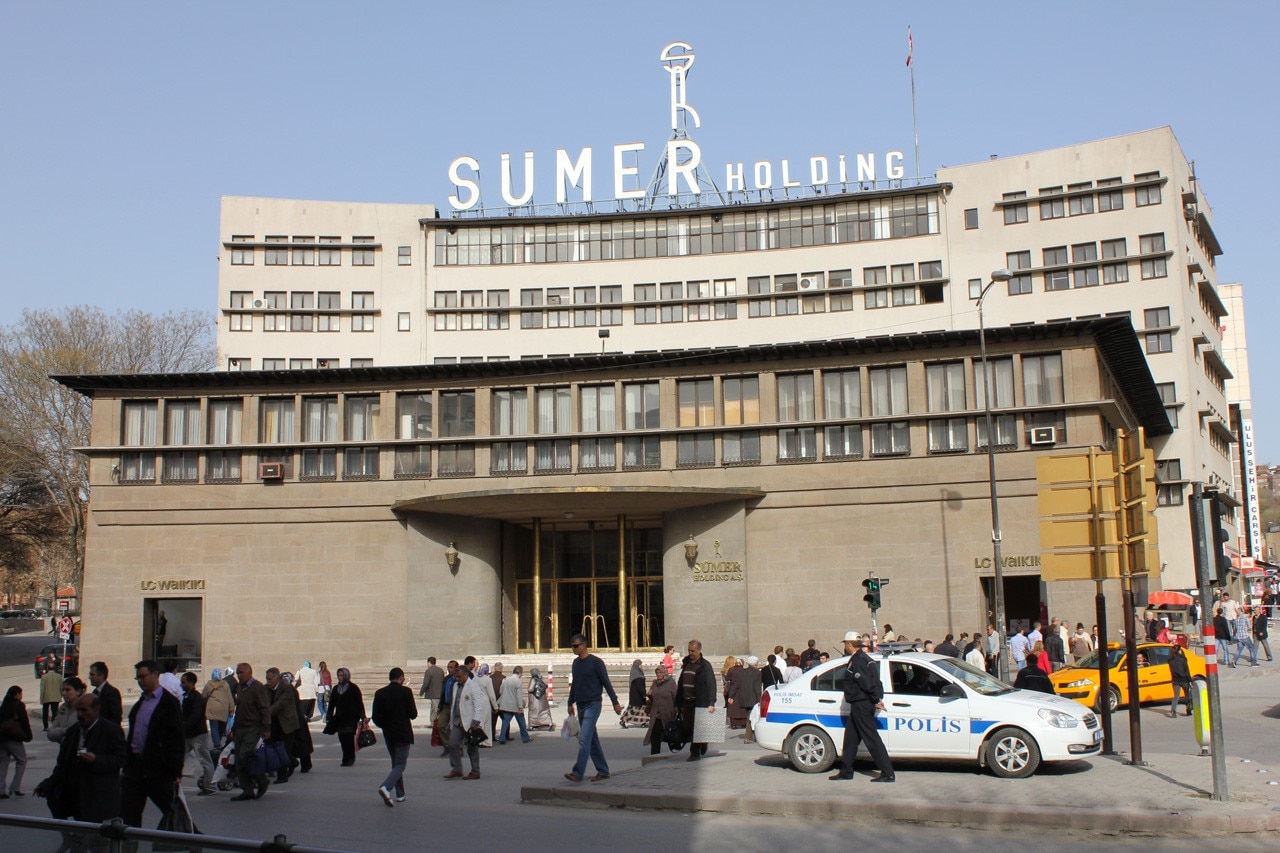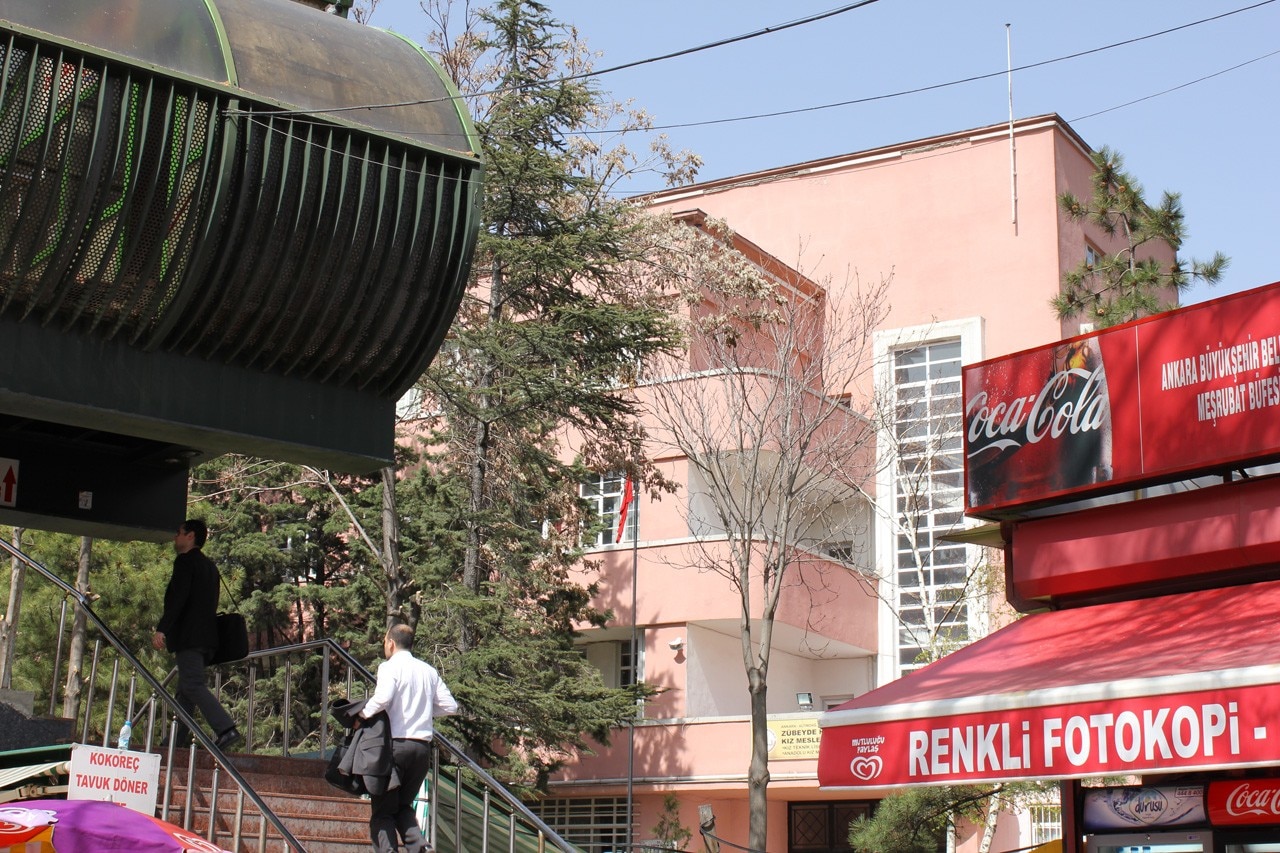

A growing interest in this historical moment has been shown by various exhibitions and publications over recent years. While the secular and western values that Turkey was founded on have come under question, architecture has increasingly become a terrain of contestation. The flourishing of studies on early-Republican Ankara has been linked to campaigns in defence of its modern heritage, often threatened by reconstruction projects promoted by the political and business elites. The struggle to preserve modernism from a raging wave of junkspace has a special value in a city that has been, for the last 90 years, an embodiment of kemalist principles. The risk, however, is to idealise individual buildings as museum pieces, isolated in space and time.
This series of 'snapshots' observes architecture in its context, immersed as it is in the ever-changing urban landscape. Amid controversial plans for demolition and dubious restorations, this modernist heritage survives in a delicate relationship with its surroundings. It would be difficult to separate the buildings from the flow of everyday life; they constantly feature in the view from the street, and often frame it. Recognising architecture as a backdrop to the urban scene then becomes a way of reflecting on the legacy of modernism in today’s Ankara.

Davide Deriu, lecturer and researcher, was visiting professor at the Middle East Technical University of Ankara (METU) between 2005 and 2007. He currently lives in London where he teaches architectural history and theory at the University of Westminster.










